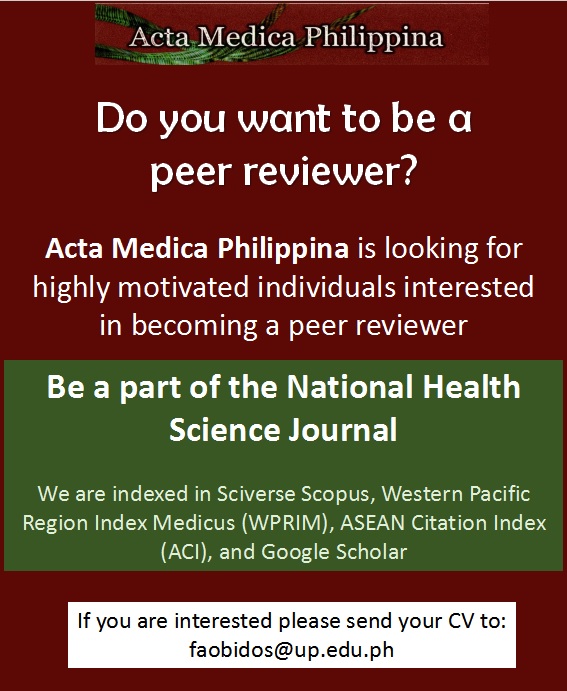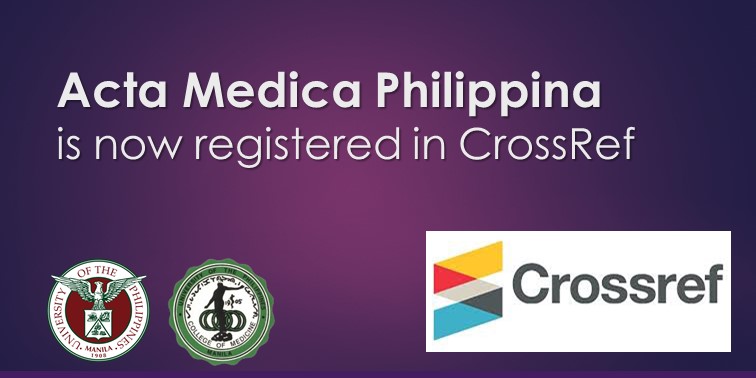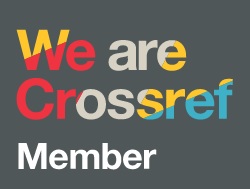Genetic Counseling Facilitates Family Communication of Genetic Risks
DOI:
https://doi.org/10.47895/amp.v59i8.13533Abstract
Genetic testing is becoming increasingly utilized as part of clinical practice guideline recommendations, especially in the fields of oncology and cardiology. Its critical role in diagnostic confirmation, risk stratification, refinement of prognosis, individualized patient management, selection of targeted therapeutics, even identification of asymptomatic or pre-symptomatic at-risk relatives, and reproductive planning is now more widely recognized. Genetic counseling is needed when availing this procedure to help patients who will undergo genetic testing understand the coverage and limitations of the test and to navigate the implications of the test and its results (pretest and posttest genetic counseling).
Genetic counseling is the process of helping people understand and adapt through the medical, psychological, and familial implications of genetic contributions to disease. It integrates 1) interpretation of the family and medical histories to assess the chance of disease occurrence and recurrence; 2) education about inheritance testing, management, prevention, resources, and research; 3) counseling to promote informed choices and adaptation to the risk or condition. An important part of genetic counseling is identifying other family members at risk for the condition being investigated which is achieved through detailed family history and accurate pedigree construction. In a scenario where an informative genetic result or a pathogenic variant is identified, aside from directing the management of the patient who underwent the test, impact on other family members needs to be discussed.
An informative genetic result enables asymptomatic family members to make proactive decisions regarding their own risks – to undergo testing themselves (cascade testing), to access available screening and preventive interventions, to make informed reproductive decisions and other life planning choices. While the decision to whom and when the sharing of test results is usually left to the patient to preserve confidentiality, autonomy and respect privacy, the health practitioner has the responsibility to provide support to the patient to effectively communicate genetic risks to other family members.
The first step to support communication of genetic risks with family members is through genetic education. Genetic education helps a patient have a clear understanding that aside from the impact of the information at a personal level, a genetic diagnosis may increase the risks of other family members. This knowledge influences willingness to share the results to those at risk for the same condition. The desire to ensure family members are informed increases even more when there is clear evidence of medically beneficial interventions. Aside from helping the patient arrive at the decision of sharing the genetic information to other family members, understanding the implications of the inherited genetic condition equips patients to effectively communicate this information to them.
Communicating genetic information to other family members is a complex process and health practitioners need to assist in identifying and managing factors that can influence the effectiveness of the communication process, including family dynamics and sociocultural factors. Family communication handouts or “family letters” can provide understandable information about the condition and details on how and where to access genetic services. Health practitioner-facilitated family meetings may also be helpful.
Genetic literacy is the ability to understand and use genetic information for health-related decision-making. It has been shown to be higher among participants who had genetic counselling compared to those who did not, but knowledge gaps and misconceptions persist. To increase genetic literacy, easier access to genetic information among at-risk individuals and easier access to healthcare professionals equipped to help them understand complex genetic information are imperative.
The growing utilization of genetic testing demands concomitant increase in the number of health practitioners equipped to support families navigate genetic information. Although tempered by financial limitations and inadequacy of infrastructure, the increasing trend in utilization worldwide is similarly seen in the Philippines. The demand for provision of genetic counseling services, however, is currently not met with only 19 clinical geneticists and 10 genetic counselors serving a population of over 117 million. In addition, only one institution is offering formal training programs for both clinical genetics and genetic counseling, limiting the number of health practitioners in these fields. Well-planned and well-orchestrated efforts by public and private sectors, academe and government, are critical to bridge this wide gap between demand and service provision.
Downloads
Published
Issue
Section
License
Copyright (c) 2025 Acta Medica Philippina

This work is licensed under a Creative Commons Attribution-NonCommercial-NoDerivatives 4.0 International License.




.jpg)



